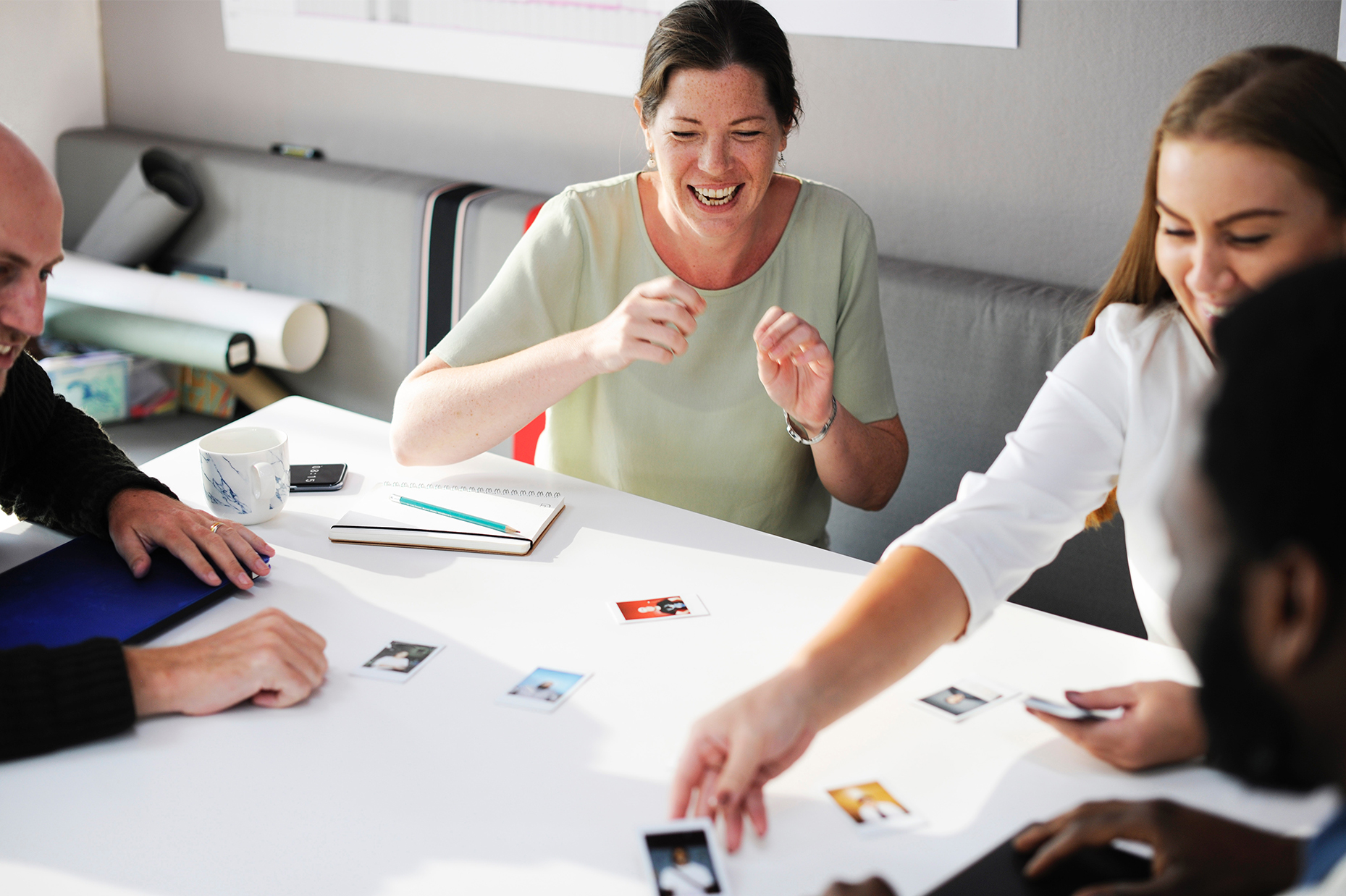Being mindful in the workplace requires solid strategies that help you achieve greater clarity, consciousness and ultimately success as a leader within your business.
Mindfulness at work isn’t just effective, it can even change the structure of your brain and help you live longer! We asked top leader at SBS Brett Archer to share his top mindfulness strategies and explain how mindfulness at work contributes to his national award winning leadership model.
At SBS, to ‘Be Mindful’ is one of the five core elements of leadership in our leadership model. We believe that increasing your self-awareness allows you to understand others better and regulate your own behaviour.
When you are mindful at work you are aware of how your behaviour and mental health state can affect others around you, thereby optimising your opportunity to foster better working relationships.
Below I am offering my top mindfulness strategies for setting yourself up to have a mindful year at work.
My top 4 strategies for practicing mindfulness at work
![]()
1. Use technology to encourage being mindful at work
Technology is great. I call my Apple Watch “i-Nag”, because it’s fantastic at reminding me to be active or that a meeting is coming up.
However, technology can be a major distraction in the workplace by drawing your attention away from what you should be focusing on. Whether that’s by notifying you of social media posts when you should be writing that report, or by giving you access to emails when you should be focused on the topic being discussed in the meeting you’re in.
I recommend you take the time to be mindful of your reminders.
Mindfulness strategies at work to tackle technology disruptions:
- Adjust the notification settings on your personal devices so that only the most pertinent content is being brought to your attention. You can wait to see that Instagram post, trust me!
- Associate the 15 minute meeting reminder you receive with mindfulness. Use it as a trigger to set your device to flight mode in a meeting and putting it out of sight – so that you can be consciously present.
- Put your work address and home address into your phone – setup a location based reminder so that upon arriving at work or home you’re reminded to take a moment to be mindful. Use your phone to go through a recorded guided meditation or utilise flight mode and a timer to ensure you’re not disturbed.
- Set an appointment with the most important person at work – you! Set aside time to be mindful, but commit to keeping this appointment – valuing mindfulness as much as other work meetings is the key to success here.
2. Slow down to speed up mindfulness strategy
Have you heard of slowing down to speed up? It sounds counterproductive, but don't worry - it works! Just ask my 7 year old son. He often wants to rush through his homework so that he can go and play, but this rushing causes him to make mistakes and his homework takes twice as long as he fixes his errors.
I introduced the idea of slowing down to speed up to my leadership team, so now we take our time, make less mistakes and mindfully focus to finish much faster.
Effective leaders and working professionals take the time to slow down, focus and reflect. This helps to make better decisions and take appropriate action.
One way to do this is to grab a notebook and do a ‘brain dump’. Write down all of your stressors. What can you do about them?
For those items that you have no control over, practice acceptance – if you missed last month’s target you need to accept that and move on. Learn from your mistakes and deal with the current situation.
Sometimes just the act of writing it all out can help. Performing this brain dump is a mindful way of working – now rinse and repeat. Commit to doing this every work week.
3. Apply mindfulness strategies to your email inbox
Most people know multitasking is ineffective nowadays, since our brains actually switch from one thing to the next, so when we switch too much we lose data in the process. Madly switching from one email to the next is also inefficient.
Did you know it takes you a full minute to get back to what you were doing when you simply read an email notification?
Here’s what I recommend for getting your inbox working for you, instead of you being a slave to your inbox:
- Clear your inbox today, now this minute. If your inbox is huge – consider moving every item to a new folder to start fresh. Then only use your inbox to process new items. This might be a challenge for some people because everyone has established work habits – but find your own way to mindfully focus on one task at a time.
- Unsubscribe from email subscription lists that aren't adding any value. If they are adding value, setup a rule that places them in a folder for when you’re ready to turn your attention to them.
- Turn off your email notifications! This will allow you to improve your ‘single tasking’ – keeping your focus on the task at hand. Don’t worry, you check your email so often you won’t miss anything!
![]()
4. Have a mindful quicky!
No, I’m not talking about ducking into the first aid room with that colleague you hooked up with at the Christmas party – I’m talking about short mindfulness exercises you can do at work.
My go-to mindfulness strategy is a quick body scan exercise found on the Smiling Mind app that I can do at my desk without drawing much attention to myself.
A few times a week I will book a meeting room with a door and perform a longer meditation often accompanied by others. Whatever the strategy you choose – short daily mindfulness practices at work help to manage stress and shift us into a relaxed, yet clear and awake state.
Even one minute of consciously connecting with one of your senses can be classified as a mindful exercise. Being mindful doesn’t mean being relaxed, it’s about being clear and alert so that when we bump into a colleague we actually pause to look them in the eyes and ask “How are you? How is your project going?”.
By pausing to read this post you’ve proven to yourself that you’re committed to becoming more mindful at work. I hope that these mindfulness strategies have inspired you to put practices into place that will help you to achieve greater clarity, consciousness and ultimately success as a leader within your business.
After all, the hardest part of practicing mindfulness is actually remembering to do it. Good luck!
About Brett Archer
Brett Archer is the Capability Development Lead at the Special Broadcasting Service. Brett heads up all learning and development programs at SBS and recently accepted the award for Best Leadership Development Program 2017 at the annual Australian HR Awards. This was SBS’s first ever Australian HR Award and a testament to the quality of the program content, and the innovativeness of their approach. SBS is proud to have worked with Smiling Mind to provide mindfulness strategies and workshops for their leaders as part of their award winning ‘It’s How We Lead’ program.









.jpg)





